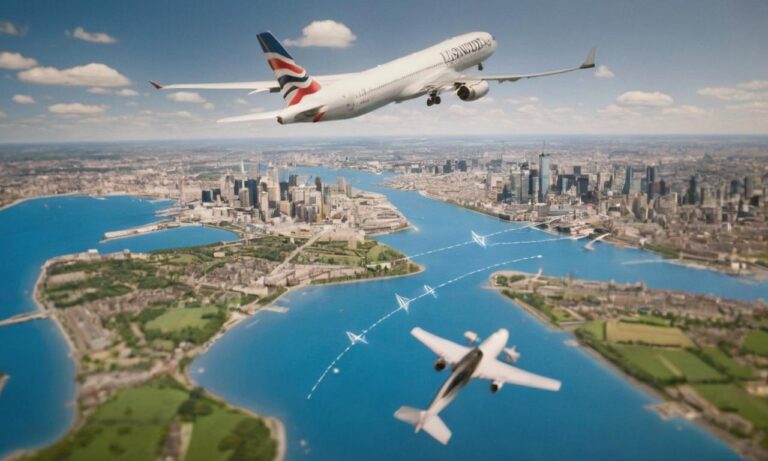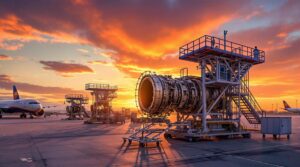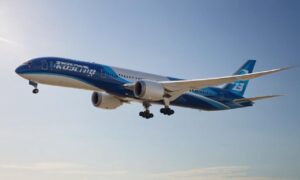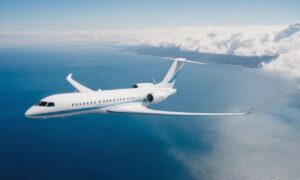When considering the distance between London and New York by air travel, it’s imperative to understand the geographical specifics, flight durations, and various influencing factors that determine this distance.
The Geographical Span
London and New York are separated by approximately 3,459 miles (5,570 kilometers) when measured in a straight line. However, due to the curvature of the Earth and the flight paths taken by airplanes, the actual distance covered during a flight between these cities might vary.
Flight Duration
The average flight duration from London to New York or vice versa is roughly 7 to 8 hours. This duration can fluctuate based on multiple factors such as the specific departure and arrival airports, weather conditions, wind speeds, and the chosen airline.
Factors Affecting Flight Distance
Several factors play a role in determining the exact distance and duration of a flight between these two major cities. The flight path, for instance, might not always be a direct straight line due to air traffic control, weather diversions, or preferred routes chosen by airlines for efficiency and fuel consumption.
Air Traffic Control and Routes
Flights between London and New York might be subject to air traffic control regulations, causing deviations from a straight-line distance. Additionally, airlines often select specific routes based on air currents and traffic patterns to optimize fuel efficiency and minimize flight time.
Weather Conditions
Weather conditions can significantly impact flight durations. Strong headwinds or turbulence along the route can lengthen the time taken to travel between these cities, while favorable tailwinds can shorten the duration.
Variations in Travel Times
While the average flight time remains around 7 to 8 hours, it’s essential to note that this duration can vary. Direct flights tend to have shorter durations compared to flights with layovers or connections, which might extend the overall travel time.
Direct vs. Indirect Flights
Direct flights from London to New York generally have shorter durations, whereas flights with layovers or stopovers in other cities can increase the overall travel time significantly.
Understanding the distance between London and New York by plane encompasses not only the geographical measurement but also factors like flight paths, air traffic control, weather conditions, and the type of flight taken. While the straight-line distance is around 3,459 miles, the actual flight duration can vary based on numerous influencing factors.
Geographical Proximity
London and New York are positioned approximately 3,459 miles (5,570 kilometers) apart when measured directly. Nonetheless, flight trajectories often deviate due to Earth’s curvature and aviation routes.
Altitude and Flight Efficiency
Flight paths aren’t solely influenced by distance but also by altitude variations. Altitude changes and route optimizations impact the actual distance traveled during flights between these cities.
| Factors | Influences |
|---|---|
| Airline Efficiency | Efficient airlines may utilize advanced routing and technology to shorten travel times. |
| Jet Streams | High-altitude air currents like jet streams can expedite or prolong flight durations. |
Enhancing Travel Efficiency
Aside from geographical distance, factors such as airline strategies and atmospheric phenomena significantly contribute to optimizing travel times.
Airline Strategies and Fuel Efficiency
Various airlines employ distinct strategies to enhance fuel efficiency, impacting the time and route taken for London to New York flights.
Atmospheric Influences
Understanding atmospheric phenomena like jet streams allows airlines to leverage wind patterns, affecting flight durations between these cosmopolitan cities.
Frequently Asked Questions
- Q: Are there airlines that consistently offer shorter flight durations between London and New York?
- A: Certain airlines might specialize in efficient routes or use advanced technologies, reducing travel times.
- Q: How much can weather conditions affect the duration of a flight between these cities?
- A: Weather, particularly strong headwinds or favorable tailwinds, can substantially influence travel durations, adding or subtracting time from the average flight duration.






